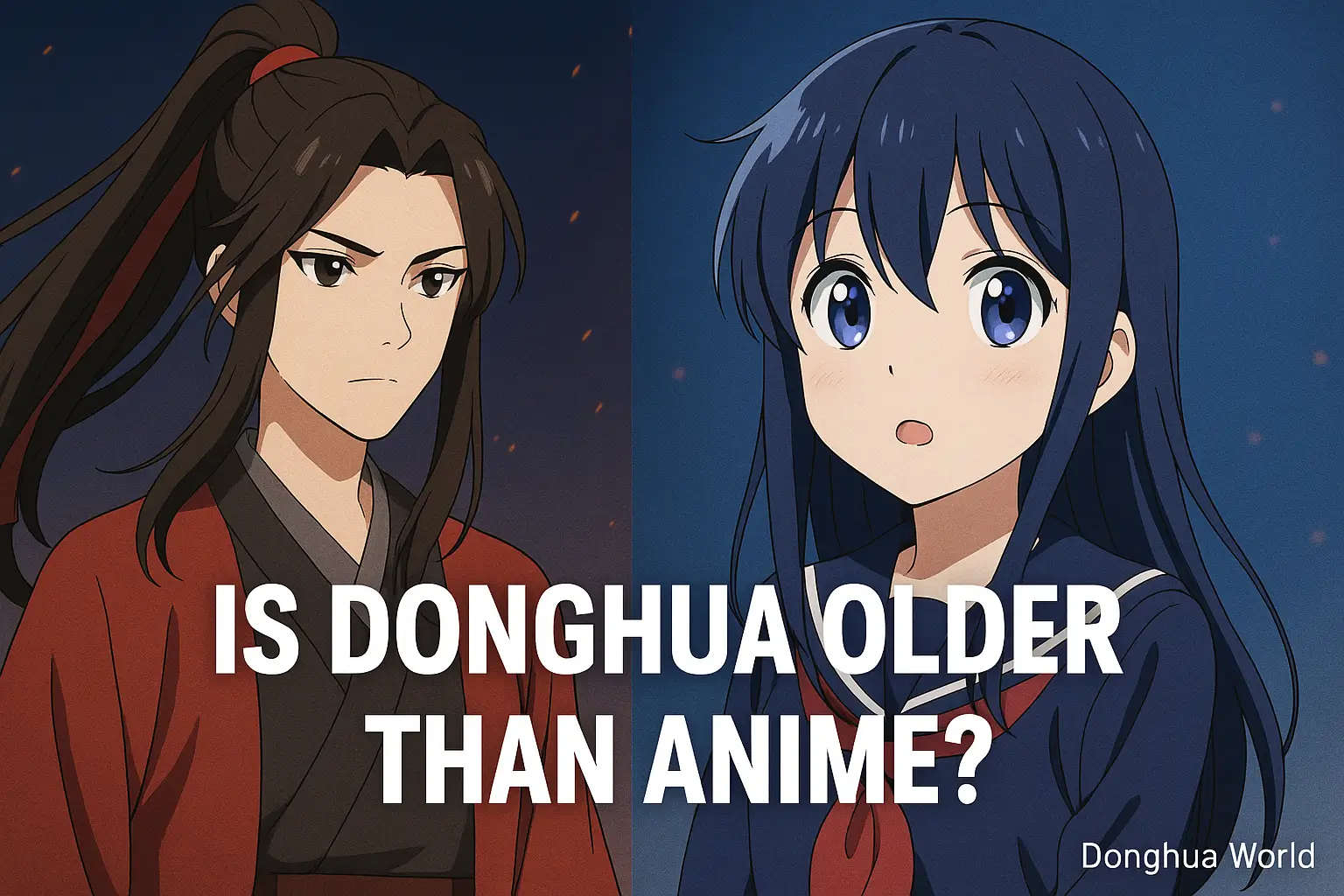The global popularity of animated series has made terms like “anime” and “donghua” household names among fans. While Japanese anime is widely recognized and consumed globally, Chinese animation—or “donghua”—is gaining momentum at a rapid pace. One question that frequently arises among enthusiasts and scholars alike is: Is donghua older than anime? To answer this, we must delve into the historical timelines, cultural contexts, and artistic developments of animation in both China and Japan.
Understanding the Terminology
Before comparing the timelines, it’s crucial to understand what “donghua” and “anime” mean.
- Donghua (动画): This is the Chinese term for animation, directly translating to “animated drawings.” It includes all types of animations produced in China, regardless of style or medium.
- Anime (アニメ): In Japanese, “anime” is simply a shortened form of the word “animation” and refers to all forms of animated media. Internationally, however, it specifically denotes animation produced in Japan.
The Origins of Donghua
China’s journey into animation dates back to the early 20th century. The country’s first known animated short film, “Uproar in the Studio” (1926), was created by the Wan brothers. The film showcased experimental techniques that were innovative for its time. Unfortunately, the original film has been lost, but its impact on Chinese animation is well documented.
In 1941, the Wan brothers released “Princess Iron Fan”, Asia’s first full-length animated feature. The film was based on a story from the classic Chinese novel Journey to the West. Not only was it a technical marvel, but it also influenced future animators across Asia—including those in Japan.
The Origins of Anime
Japan’s foray into animation began around the same period. The earliest surviving Japanese animation is “Namakura Gatana” (The Dull Sword), released in 1917. Although it was shorter and simpler than its Chinese counterparts, it marked the beginning of Japan’s animation industry.
Japan’s anime industry gained international recognition much later, particularly after the release of Osamu Tezuka’s “Astro Boy” (1963), which established many of the stylistic elements we associate with anime today.
So, Which Came First?
If we consider the release dates of the earliest known animations:
- Japan: Namakura Gatana (1917)
- China: Uproar in the Studio (1926)
Japan’s animation predates China’s by almost a decade. However, China produced Asia’s first full-length animated film, Princess Iron Fan, in 1941—22 years before Astro Boy aired on Japanese television.
Therefore, while Japan has the earliest surviving animation short, China takes the lead in producing the first full-length feature.
- Top 5 Donghua Studios That Dominated 2025
- Little Spirit Fairy: The Mystical Character in Donghua Killer Seven
- When Will Donghua The Defective Season 2 Release? Here Are The Latest Date & Update Leaks!
- Who is Chen Xi in Donghua Shrouding the Heavens?
- Xi Yun: A Deep Dive into the Graceful Heroine of Magic Chef of Fire and Ice
Cultural and Political Influences
The development of animation in both countries was heavily influenced by their respective socio-political environments.
In China:
The rise of communism, cultural revolutions, and wartime instability affected the progression of donghua. The government often used animation for propaganda purposes, particularly during the Maoist era. This limited creative freedom but also led to some state-sponsored masterpieces like “Havoc in Heaven” (1961-1964).
In Japan:
Japan’s animation industry benefited from post-war Western influences, especially from the United States. American cartoons, such as Disney’s, heavily inspired Osamu Tezuka and other early Japanese animators. Japan also had more creative freedom and a stronger commercial focus, which helped anime flourish.
Artistic Differences Between Donghua and Anime
While both forms are animations, they exhibit notable stylistic and thematic differences:
- Visual Style: Anime often features exaggerated expressions, colorful hair, and detailed backgrounds. Donghua leans more toward traditional Chinese art, with fluid motion and historically inspired aesthetics.
- Themes: Anime covers a wide range of genres—from slice of life to sci-fi and horror. Donghua frequently incorporates Chinese folklore, mythology, and historical narratives.
- Production Techniques: Both industries have embraced digital animation, but Japan continues to use hand-drawn frames more extensively. Chinese studios often utilize modern CGI, giving some donghua a sleeker look.
The Global Impact
In recent years, donghua has seen a resurgence, with international platforms like Netflix and Bilibili showcasing Chinese animated content. Titles like “The King’s Avatar”, “Fog Hill of Five Elements”, and “White Cat Legend” have captivated audiences worldwide.
Anime, on the other hand, has established itself as a cultural export of Japan, with series like “Naruto”, “One Piece”, and “Attack on Titan” enjoying global success.
Conclusion: Is Donghua Older Than Anime?
In terms of initial creation, Japanese anime came first with Namakura Gatana in 1917. However, Chinese donghua was a pioneer in full-length animation, predating similar efforts in Japan by over two decades.
So, the answer depends on how we define “older”:
- If we’re looking at first appearance, anime is older.
- If we’re considering feature-length innovation, donghua leads.
Ultimately, both traditions have rich histories and continue to influence each other and the world. Comparing them isn’t about determining superiority, but about appreciating the unique contributions each has made to the art of animation.
FAQs
1. What is the first anime ever made?
Namakura Gatana (1917) is considered the earliest surviving Japanese anime.
2. What is the first donghua ever made?
Uproar in the Studio (1926) is the first known Chinese animation, though it is now lost.
3. Which is more popular globally, anime or donghua?
Anime is currently more popular due to its earlier globalization and broader market penetration.
4. Is donghua influenced by anime?
Yes, especially modern donghua, which has adopted some stylistic and narrative techniques from Japanese anime.
5. Can donghua compete with anime in the future?
Absolutely. With rising quality, diverse stories, and global distribution, donghua has strong potential to match anime’s popularity.
